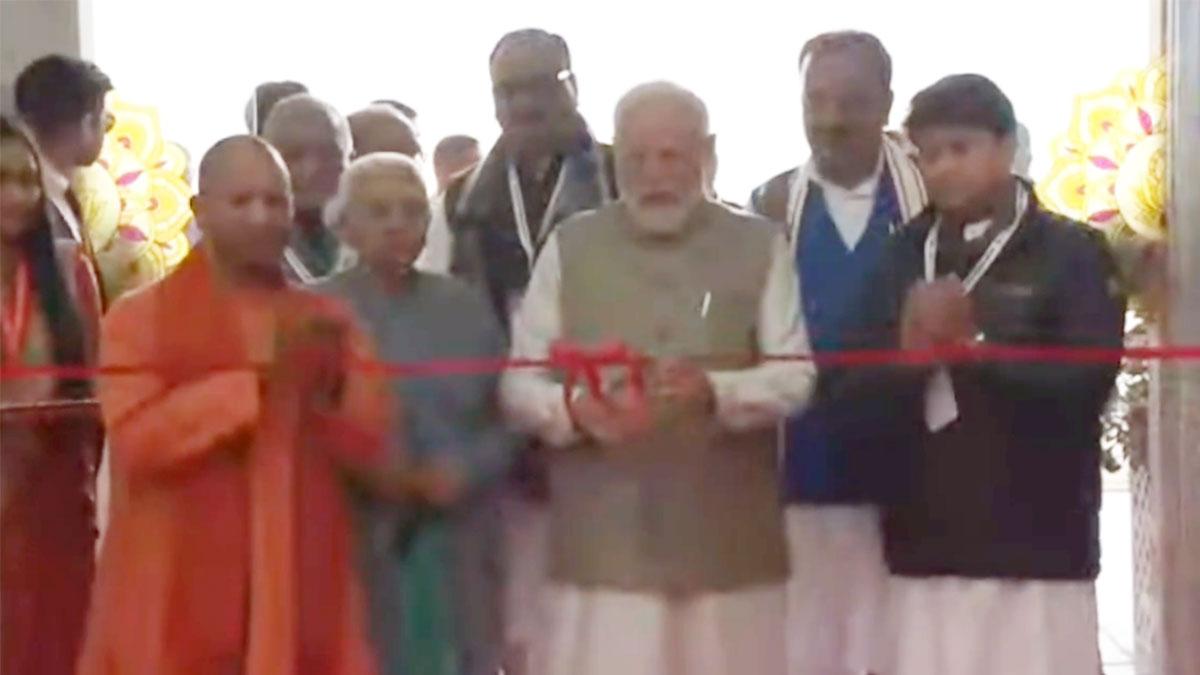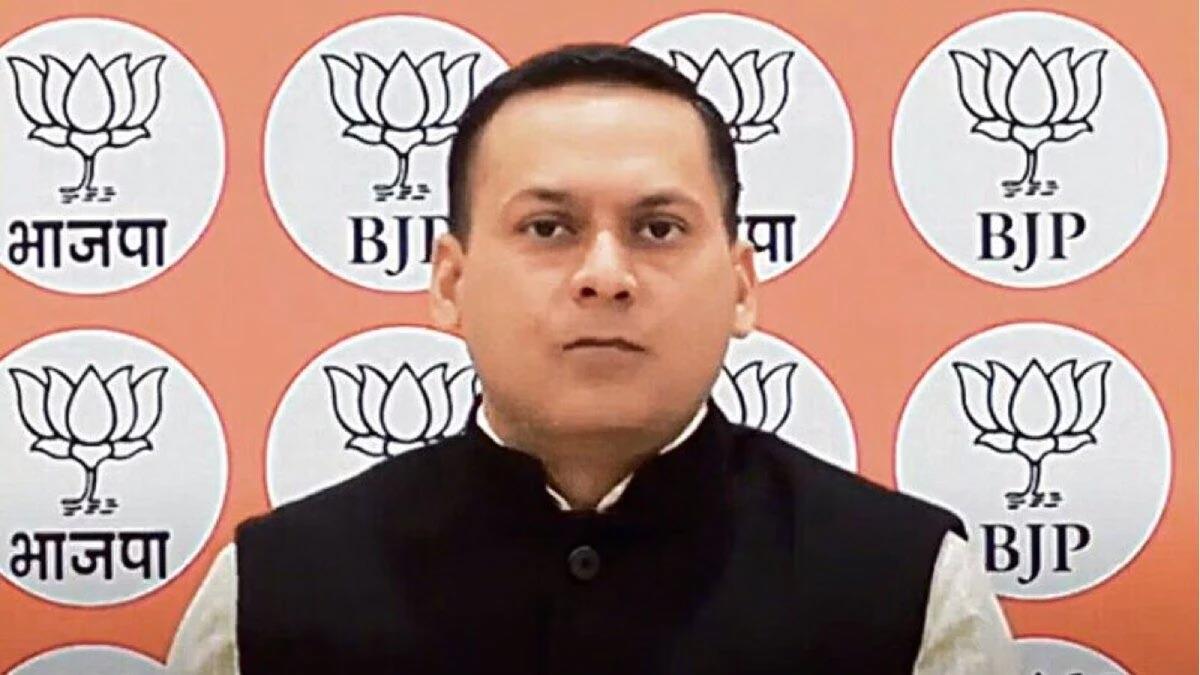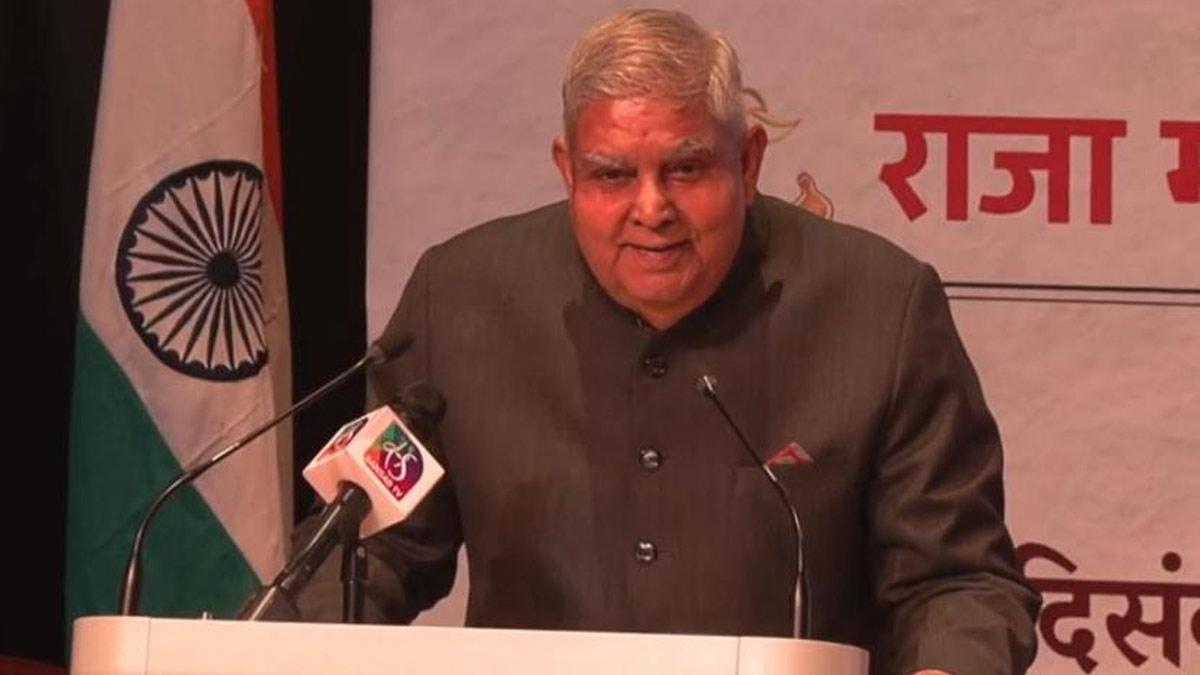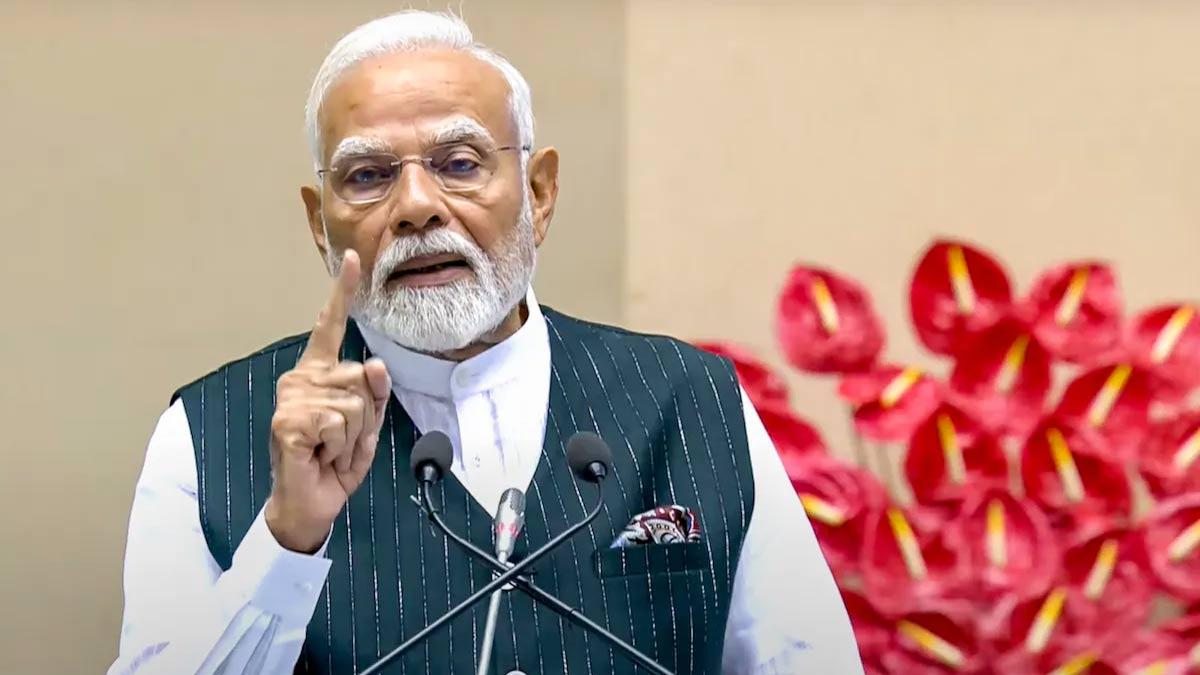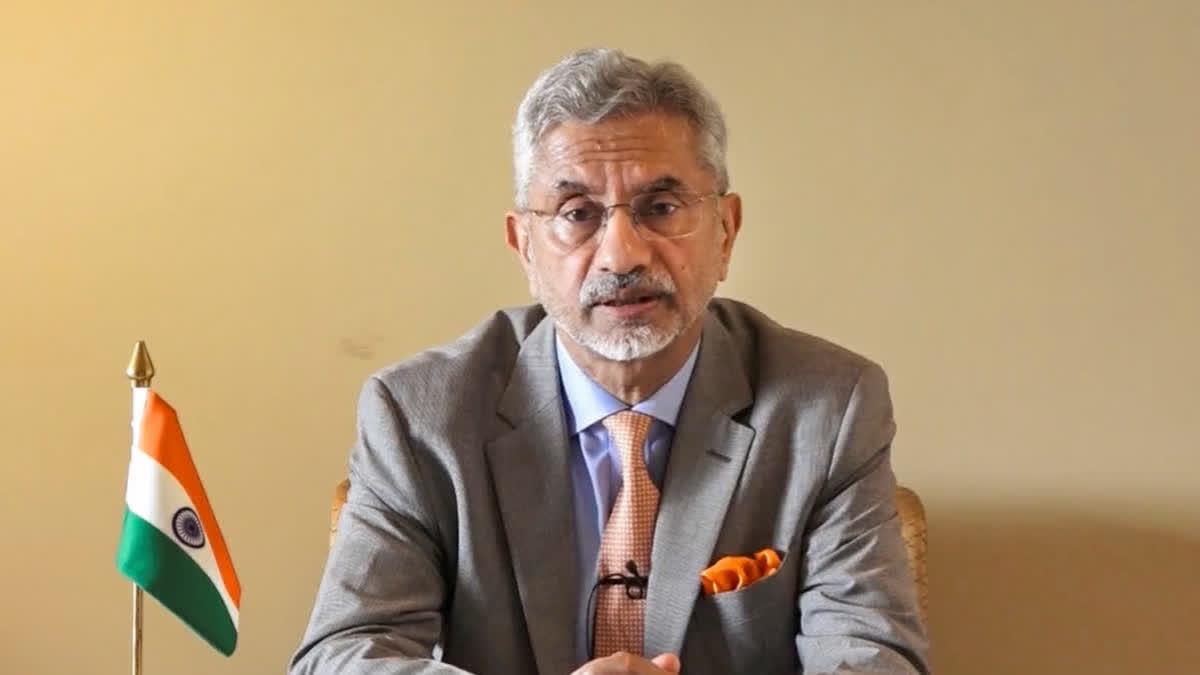Prime Minister Narendra Modi unveiled the Maharishi Valmiki International Airport in Ayodhya, marking a significant milestone in infrastructure development. During his visit, he inspected the airport's diverse facilities, emphasizing its role in holistic community growth and cultural elevation.
Crafted by Sthapati and constructed at a cost of Rs 1450 crores, the Ayodhya Airport stands as a testament to India's commitment to sustainable practices. It proudly boasts a GRIHA 4-Star Certification, signaling a new era in eco-conscious aviation.
Strategically positioned to facilitate travel for devotees and tourists, the airport perfectly complements the forthcoming Ayodhya Ram Temple, offering seamless travel experiences to those drawn to this historically rich city.
This aviation hub signifies India's remarkable progress in air traffic and infrastructure development. With a capacity to accommodate over 750 passengers during peak hours and facilitate four aircraft movements per hour, it anticipates and accommodates continuous growth.
Architecturally, the airport embodies the essence of Ayodhya's illustrious past. Drawing inspiration from the Nagara style of temple architecture prevalent in Northern India, its design reflects the city's rich heritage.
Symbolism adorns every corner of the Ayodhya Airport. The grand stepped shikar at the main entrance, fashioned in the Nagara style and embellished with brass, extends a majestic cultural welcome. The architectural elements echo Ayodhya's tales, with the terminal's columns symbolizing the Kandas of Ramayana, seamlessly integrating cultural richness into the airport's structure.
Elaborate murals and artwork from the Ramayana adorn the terminal, depicting profound messages. Artworks like the Bow and Arrow mural symbolize courage against falsehood, while hexagonal light particles signify truth's everlasting triumph.
Moreover, the strategic placement of skylights not only aids in wayfinding but also contributes to a sensory-rich travel experience for passengers, immersing them in the timeless tale of Lord Ram.
The Ayodhya Airport isn't just a travel hub; it's a canvas that intertwines history, spirituality, and cultural significance, offering travelers an immersive journey through art and architecture.
PM Unveils Upgraded Ayodhya Dham Railway Station, Commences New Train Services
The recent inauguration of the Ayodhya Dham railway station by Prime Minister Narendra Modi marked a momentous occasion in the temple town's development. Greeted by Chief Minister Yogi Adityanath and Governor Anandiben Patel upon his arrival, the Prime Minister's journey was accompanied by a vibrant roadshow, with thousands lining the route, showering rose petals and expressing joyous cheers.
Ayodhya resonated with devotional fervor as the streets reverberated with devotional songs dedicated to Lord Ram, complemented by captivating dance performances by school children.
During the event, the Prime Minister flagged off six trains, including two Amrit Bharat trains and six Vande Bharat trains, from the railway station. This significant step was part of a larger plan to enhance connectivity and accessibility in the region.
Scheduled to inaugurate the newly-built airport and lay foundation stones for various development projects in Uttar Pradesh, Prime Minister Modi's visit underscored the commitment to uplift infrastructure and drive progress in the state.
The city itself underwent a transformation, adorned with vibrant flowers, striking murals, and thematic ornamental columns. The streets featured prominent posters of Modi, while outside the revamped railway station, cut-outs of Lord Ram added to the festive atmosphere.
This visit precedes the upcoming 'pran pratishtha' or consecration ceremony of the Ram Mandir scheduled for January 22, adding to the significance and anticipation surrounding these pivotal events in Ayodhya's history.
(With Agency Inputs)
ALSO READ | Modi In Ayodhya, Traffic Curbs In Lucknow
ALSO READ | PM Modi Set to Unveil Ayodhya Projects Worth Rs 11,100 Crore on Dec 29

